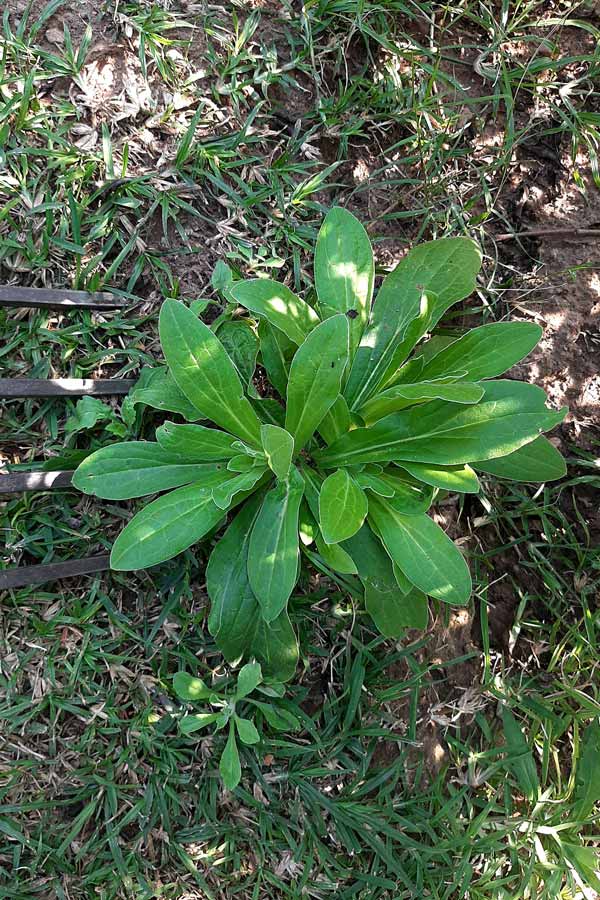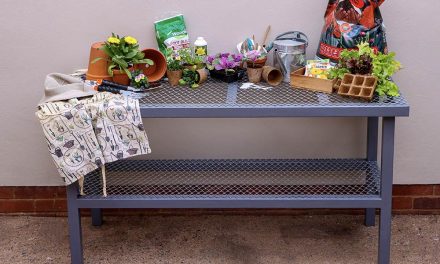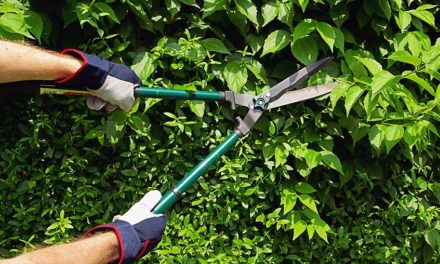The arrival of spring is always cause for celebration. Goodbye brown, frosty gardens, cold mornings and nippy evenings.

No more Snails
- Stop snails in their tracks by putting out snail bait. Don’t scatter the granules all over the place, and on dry soil. Rather place little heaps here and there in spots where the snails might be hiding, like between rocks and under big leaves, after you have watered your garden or it has rained.

Pruning Flowers
- If your bedding begonias from last summer have been frost-damaged, simply cut them back to remove the damaged parts and dose back to health with a soluble fertiliser. Do this after all danger of late frost has passed.
- Many indigenous perennials and groundcovers flower profusely in gentle spring weather. Most of these old favourites have been hybridised intensely to enlarge the range of Arctotis (African daisy), Diascia (twin spur), Gazania (treasure flower) and Osteospermum (Cape daisy) available.

Enhancing Flowers
- Enhance the flower power of some tall-growing perennials that have been dormant in winter by pinching out the main stems when they have emerged again and are about 20cm high.
- Divide and re-plant Zantedeschia aethiopica (white arum lily) into boggy areas of the garden and on the southern side of the house.

Pests and plant care
- Start spraying fruit trees against fruit fly and codling moth once about 75% of the blossoms have dropped off. Spray every 10 – 14 days.
- Refresh, top-up or replace pebbles and gravel around the garden, especially between paving stones where dust and mud accumulate to spoil the effect.

Pruning and Weeding
- Keep up with weeding from early in the season as one year’s seeds can become seven year’s weeds. Mulching will help to suppress weed growth.
- By the end of this month you will be able to prune away the frost-damaged parts of affected plants to tidy them up and encourage new growth. Give them all a feed afterwards with a slow-release fertiliser, mulch well with a fresh layer of compost and water deeply.
- With rapid growth now, hedges, topiaries and standards will lose their shape. Rather clip regularly and lightly than give them one occasional drastic hack. The best way to keep the shape of a flowering standard is to regularly pinch out the growing tips of stems and wait until after each flower flush to give it a good clipping.
- Take cuttings of favourite foliage plants like acalypha and crotons. Also clean out stale water from the urns of bromeliads and remove some of the suckers to plant elsewhere to start a new patch of these wonderful plants.
For more on gardening: www.thegardener.co.za










